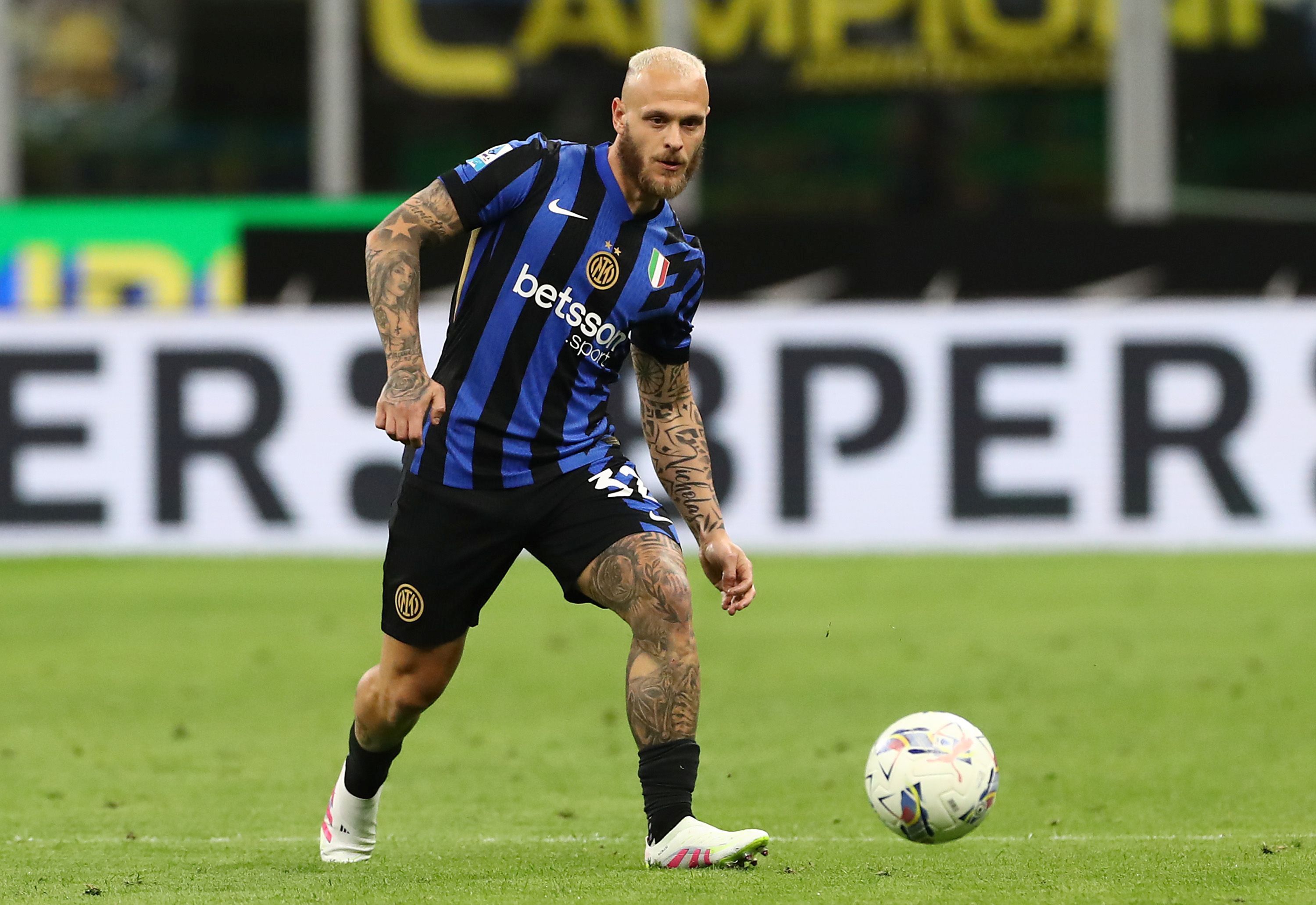Report: In-Depth Analysis of Inter Milan's Starting Lineup – Italy's Wingback Choice Explained
Inter Milan's success hinges on a tactical system that's both innovative and ruthlessly effective. A key component of this system, and a source of much discussion, is their choice of wing-backs. This in-depth analysis dives into the starting lineup, explaining the rationale behind Inter's preference for specific player profiles in these crucial roles.
The Wingback Conundrum: Why it Matters
Inter Milan's 3-5-2 formation relies heavily on the dynamism and versatility of their wing-backs. These players aren't just defenders; they are integral to both attack and defense, requiring a unique blend of skills. Their performance directly impacts the team's ability to dominate possession, create scoring chances, and maintain defensive solidity. This analysis will explore why specific players are chosen and what qualities make them ideal for Simone Inzaghi's system.
Key Players and Their Attributes:
Inter's starting lineup often features a combination of players with specific strengths:
-
The Attacking Wing-back: This role typically demands pace, crossing ability, and the capacity to provide width in attack. Think of players like Federico Dimarco, known for his pinpoint crosses and tireless runs up and down the flank. His ability to deliver dangerous balls into the box is crucial for Inter's attacking strategy. He isn't just a provider, however; his shooting accuracy is improving, making him a genuine goal threat.
-
The Defensive Wing-back: The other wing-back position often requires a more defensively minded player with the physicality to cope with fast wingers and the tactical awareness to support the back three. While Denzel Dumfries offers attacking prowess, his defensive contributions are equally vital, allowing Inter to maintain a balanced approach. His strength in tackling and ability to read the game are significant assets.
The Italy Connection: A National Team Influence?
Inter's wingback strategy isn't isolated. The success of Italian national team formations, which often employ similar tactical approaches, may be influencing Inter's selection process. The emphasis on tactical discipline, defensive solidity, and the ability to transition quickly between attack and defense are crucial elements in both contexts. This suggests a broader tactical philosophy within Italian football that informs Inter's choices.
Analyzing the Synergy:
The effectiveness of Inter's wing-backs isn't just about individual talent. It's about the synergy between the two players. They need to understand each other's movements, support each other defensively, and seamlessly transition between attack and defense. This intricate interplay ensures a cohesive and effective system.
Tactical Flexibility and Substitutions:
While the starting lineup generally features a specific profile for each wing-back, Inzaghi's tactical acumen allows for adjustments. Substitutions are often made to tailor the team's approach based on the opposition and the flow of the game. This flexibility adds another dimension to Inter's tactical arsenal.
Conclusion: A Winning Formula?
Inter Milan's selection of wing-backs is a crucial factor in their overall success. The combination of attacking flair and defensive solidity, influenced perhaps by national team strategies, creates a formidable and versatile system. The ongoing evolution of this strategy will be fascinating to watch as Inter continues to compete at the highest level.
Keywords: Inter Milan, starting lineup, wingbacks, Italy national team, Serie A, tactical analysis, football, soccer, Federico Dimarco, Denzel Dumfries, 3-5-2 formation, Simone Inzaghi
Call to Action: What are your thoughts on Inter's wingback choices? Share your opinions and predictions in the comments below!

